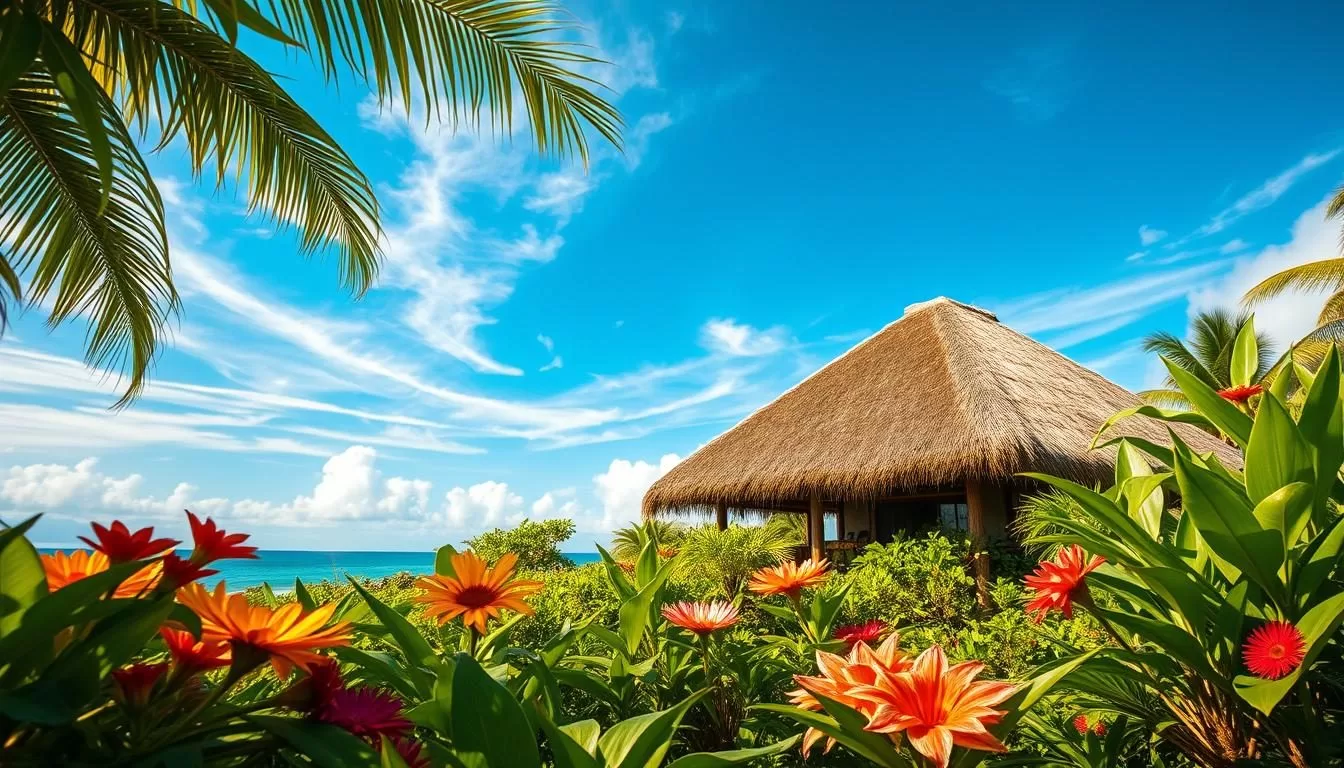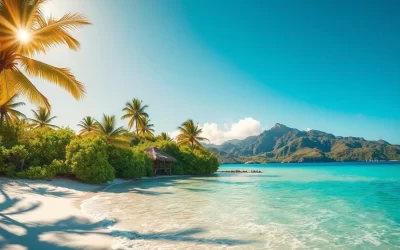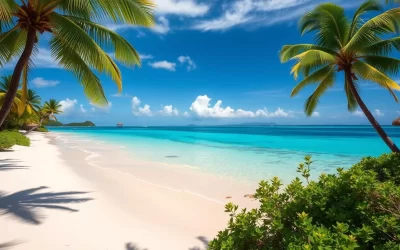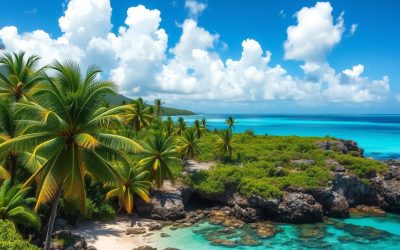✓ Accommodations ✓ Flights ✓ Rental Cars ✓ Tours & Activities
Micronesia is a region rich in cultural and linguistic diversity. Its language landscape reflects a blend of historical influences and indigenous traditions. English serves as the official language, used in government and commerce, while numerous native languages thrive within local communities.
The micronesian language group belongs to the Austronesian family, showcasing unique word formations and grammar. These languages are deeply tied to the island environment, shaping their evolution and distribution.
Key examples include Chuukese, Kosraean, Yapese, and Pohnpeian, each with distinct characteristics. Understanding these languages offers insight into the region’s cultural identity and heritage.
Uncovering Micronesia’s Rich Linguistic Heritage
Exploring the roots of language in the Federated States of Micronesia reveals a fascinating journey of cultural exchange. Over centuries, migration and colonization have left their mark on the region’s linguistic landscape. This blend of influences has created a unique family of languages that continue to thrive today.
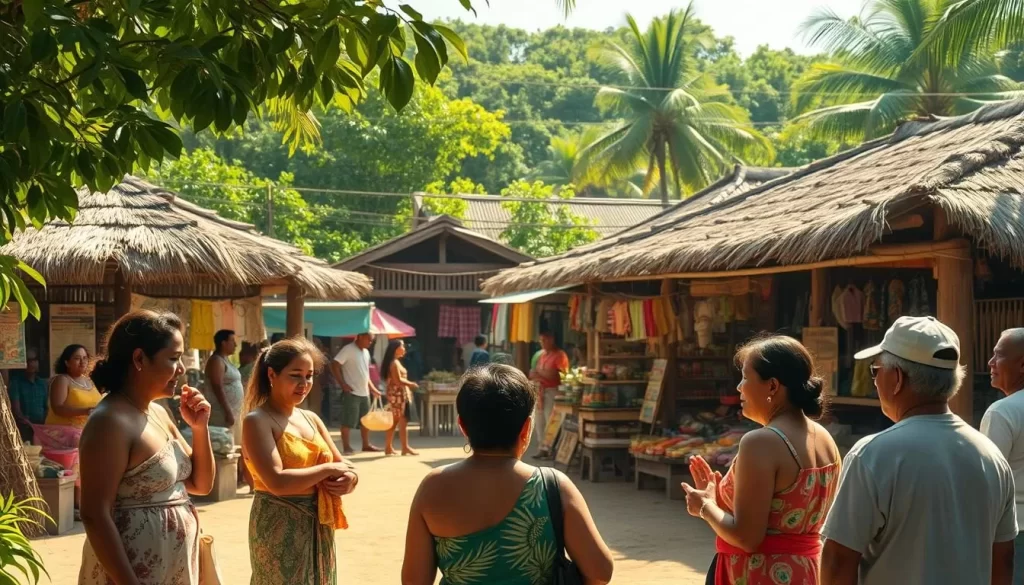
Historical Influences on Language Development
Colonization and trade routes played a significant role in shaping the vocabulary and structure of these languages. For example, the loss of certain phonetic sounds, like Proto-Oceanic *p, highlights key features of their evolution. These changes reflect the adaptability of indigenous groups to external influences.
Migration patterns also contributed to the diversity of language across the island chains. As people moved between islands, they brought their dialects and traditions, enriching the linguistic tapestry.
Cultural Context and Migration Patterns
Indigenous communities have preserved their word formations and grammar, ensuring their languages remain vibrant. The Federated States of Micronesia, with its population of over 102,000, is home to at least seven major languages. This diversity is a testament to the resilience of local cultures.
Today, the number of speakers for each language varies, but their cultural significance remains strong. Understanding these languages offers a deeper appreciation of the region’s heritage and identity.
Micronesia: Official and widely spoken languages
The linguistic landscape of the Federated States of Micronesia is a blend of tradition and modernity. English serves as the official language, playing a pivotal role in governance and commerce. It ensures a unified administrative framework across the island nation.
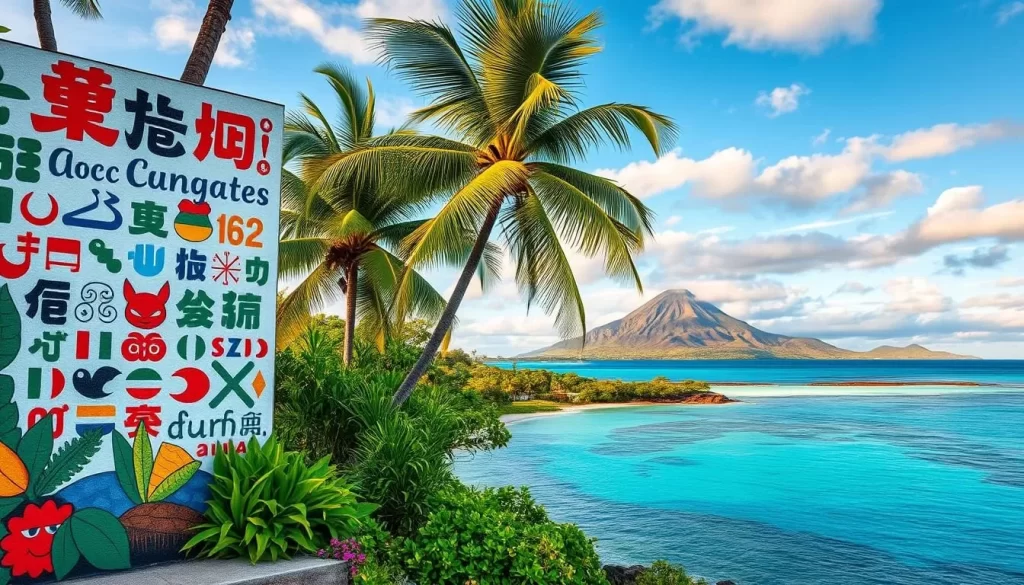
The Role of English in Governance and Commerce
English is the primary medium for official communications, from government documents to business transactions. This language bridges diverse communities, fostering collaboration and economic growth. Its widespread use reflects the region’s adaptability to global influences.
Evolution of Indigenous Language Use
Indigenous languages have evolved to reflect local cultural identities. Many of these languages share closely related phonetic and grammatical structures, showcasing their historical legacy. They remain a cornerstone of community life, preserving traditions and heritage.
Modern developments continue to shape language use, introducing new vocabulary and evolving features. These changes highlight the dynamic nature of the micronesian language group, ensuring its relevance in contemporary society.
Diversity of Indigenous Languages Across States
Across the islands, a rich linguistic heritage thrives, reflecting centuries of cultural evolution. The Federated States of Micronesia is home to a diverse group of indigenous languages, each with its own unique features and cultural significance. These languages are deeply tied to the island environment, shaping their evolution and regional identities.
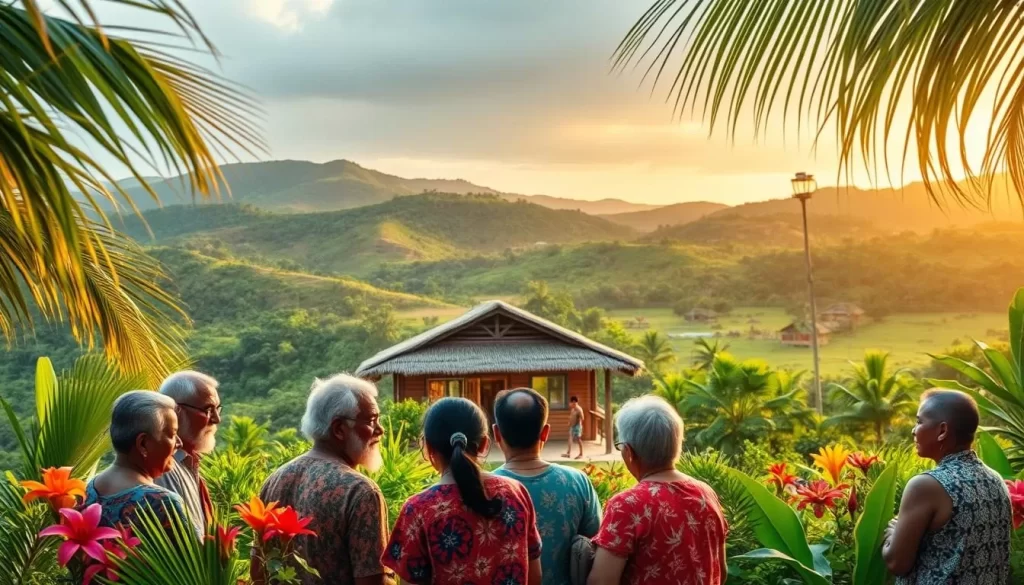
Exploring Chuukese and Pohnpeian Variations
Chuukese, spoken by nearly half the population, is one of the most prominent native languages in the region. Its distinct vocabulary and phonetic characteristics set it apart from other languages in the micronesian language group. Pohnpeian, on the other hand, features a unique high language form, often used in formal or ceremonial contexts. This linguistic variation reflects the social structures and historical development of the Pohnpei island community.
Insights into Yapese and Kosraean Traditions
Yapese and Kosraean, though closely related, showcase distinct regional identities. Yapese is known for its complex grammar and rich oral traditions, while Kosraean, with approximately 8,000 speakers, is classified as endangered due to the increasing influence of English. Both languages highlight the resilience of indigenous cultures in preserving their linguistic heritage. For more insights into the language diversity of the region, visit this resource.
Migration and isolation across the island groups have contributed to the distinct evolution of these languages. Each group’s language reflects its social structures and historical development, enriched by localized cultural traditions. This linguistic diversity is a testament to the cultural depth of the Federated States of Micronesia.
Language Classification and Global Context
The linguistic roots of the Federated States reveal a fascinating connection to broader global patterns. These languages belong to the Oceanic branch of the Malayo-Polynesian family, which is part of the larger Austronesian language group. This classification highlights their shared origins with other regional languages across the Pacific.
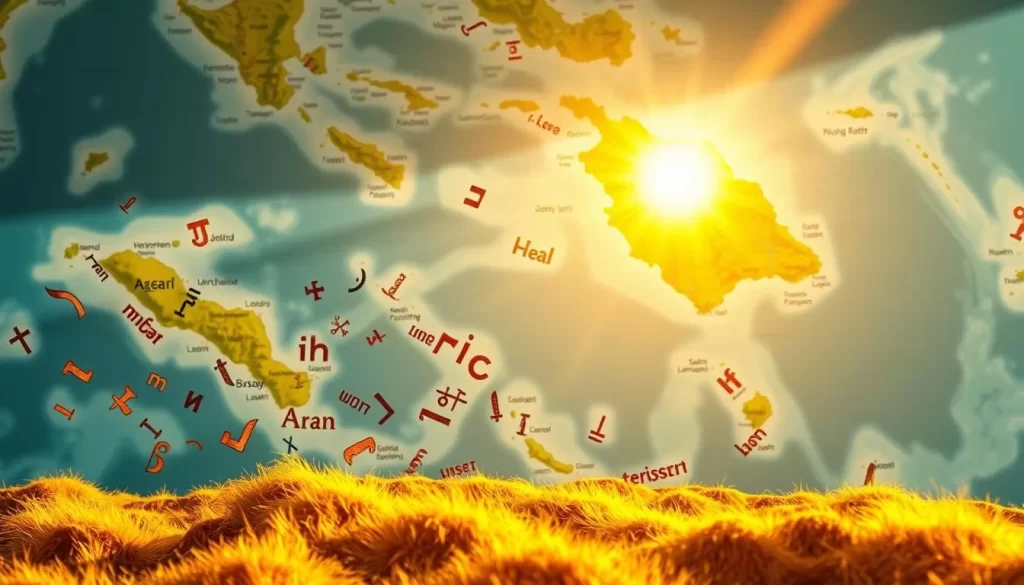
Micronesian Family and External Linguistic Relations
Micronesian languages, such as Nauruan and Kosraean, showcase unique word structures and syntax. These features reflect both local influences and external linguistic relations. For example, the phonetic similarities between Kosraean and other Oceanic languages demonstrate their shared heritage.
Comparative studies reveal that these languages are closely related to those spoken in neighboring island groups. This connection underscores the historical migration patterns that shaped the region’s linguistic landscape.
“The preservation of indigenous languages is vital for maintaining cultural identity and heritage.”
Here’s a comparative overview of key linguistic features:
| Language | Phonetic Features | Grammar Structure |
|---|---|---|
| Nauruan | Simplified vowel system | Subject-verb-object |
| Kosraean | Complex consonant clusters | Verb-subject-object |
| Chuukese | Glottal stops | Subject-object-verb |
Understanding these languages within their global context offers deeper insights into the family of Austronesian languages. Their evolution and preservation are essential for appreciating the cultural richness of the federated states.
For more on the cultural context of these languages, explore this resource.
Conclusion
The linguistic heritage of the Federated States of Micronesia offers a window into its vibrant cultural identity. English serves as a unifying language, while indigenous tongues like Chuukese and Yapese reflect the region’s rich traditions. These closely related languages form a unique family, shaped by centuries of migration and cultural exchange.
Exploring the vocabulary and structure of these languages deepens your understanding of the island nation’s history. Each language spoken tells a story of resilience and adaptation, preserving the identity of its people. For more on this fascinating topic, visit this resource.
As you reflect on the micronesian language group, consider how these dynamic tongues shape the lives of those in the Federated States. Their preservation is vital for maintaining cultural heritage and fostering global linguistic diversity.
The above is subject to change.
Check back often to TRAVEL.COM for the latest travel tips and deals.
